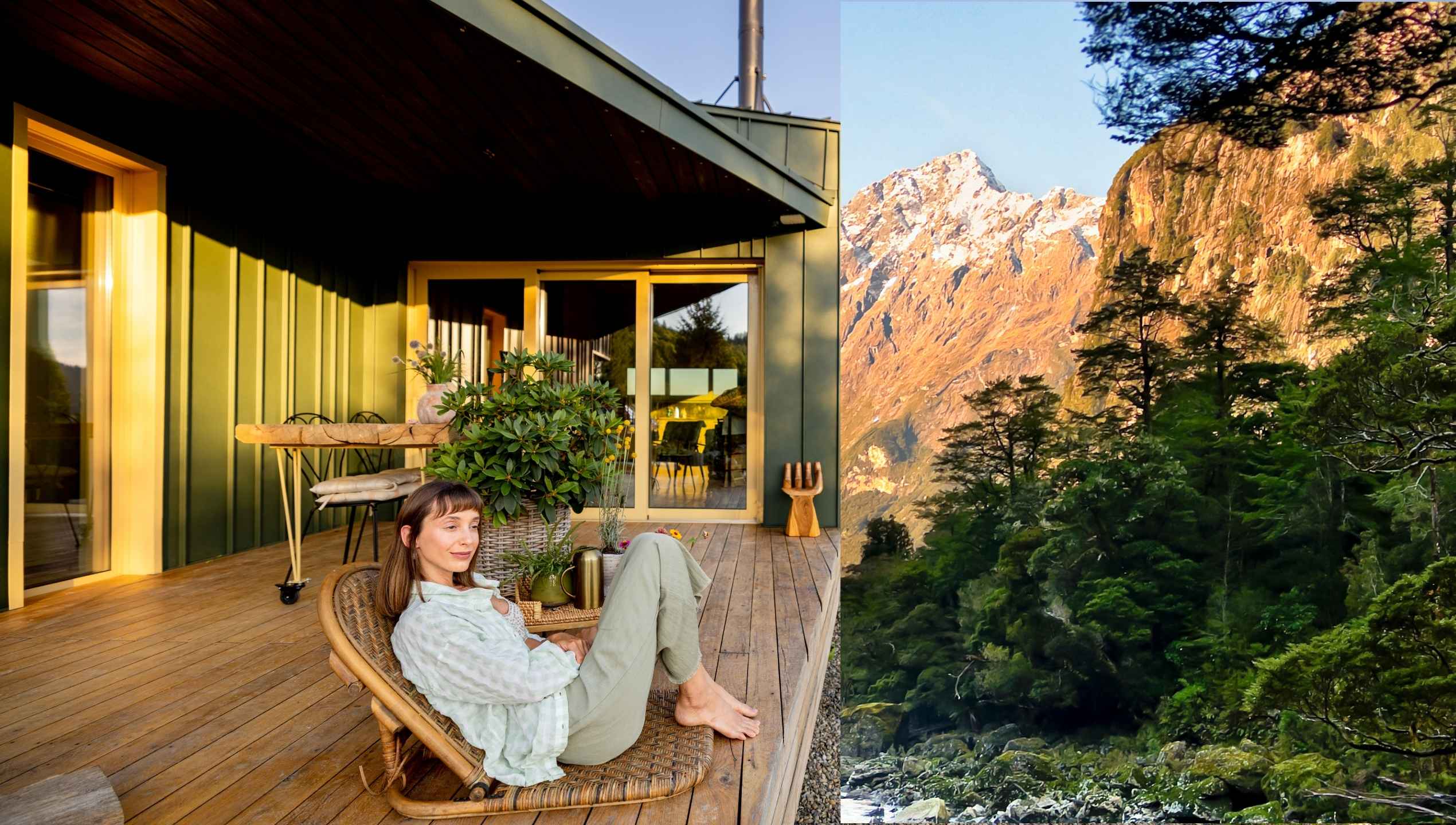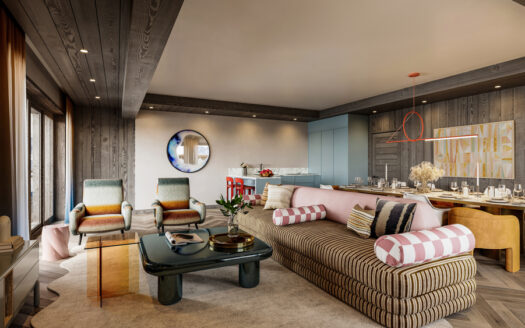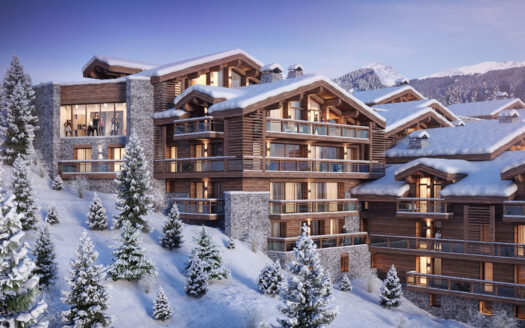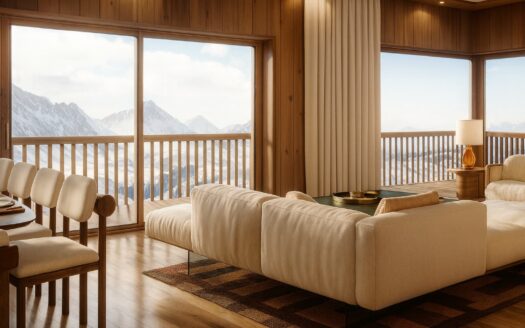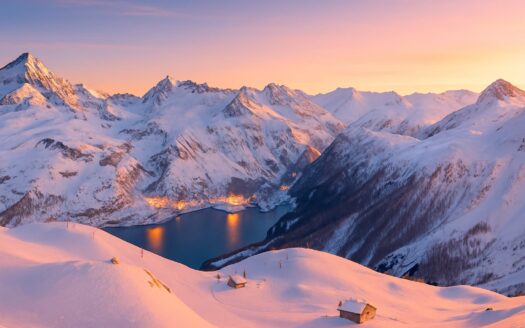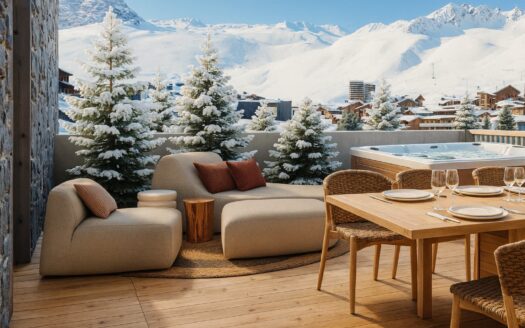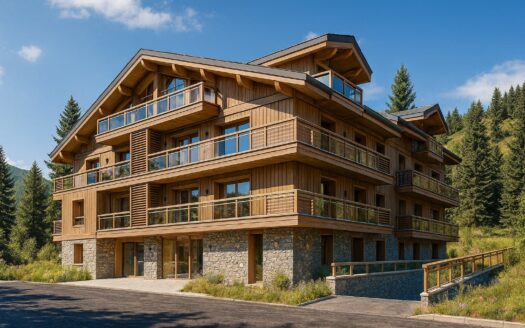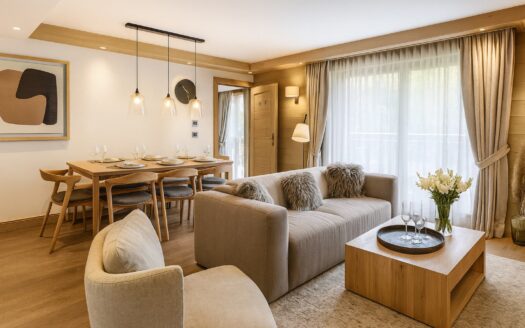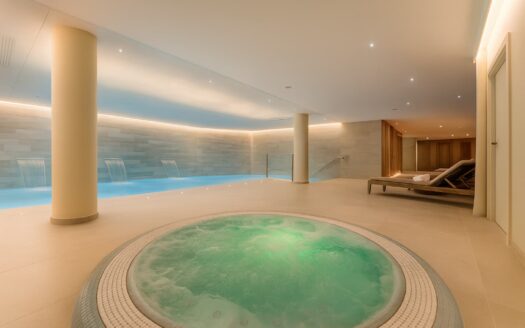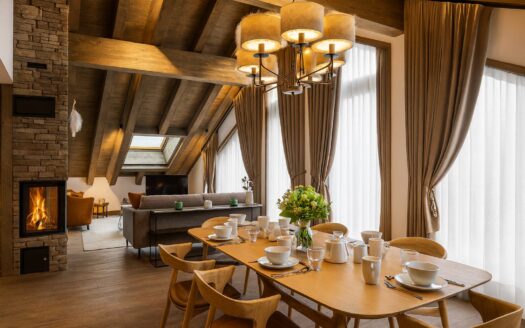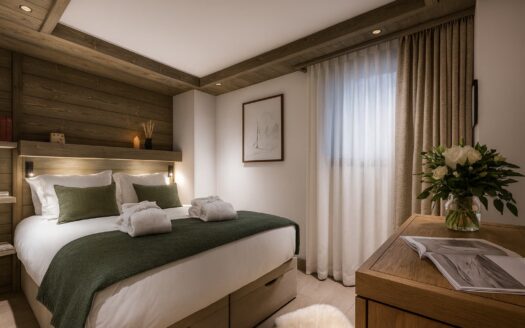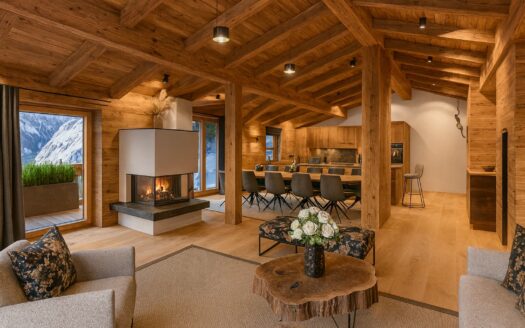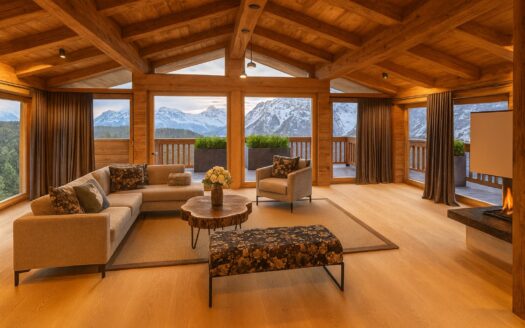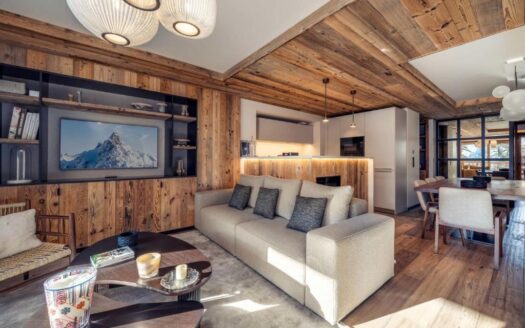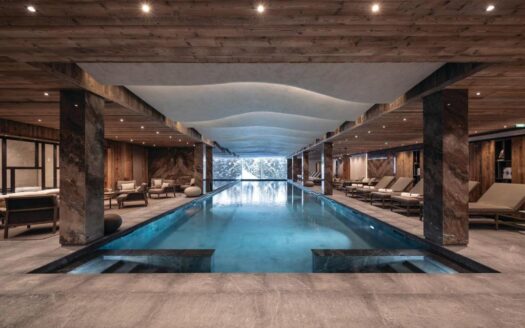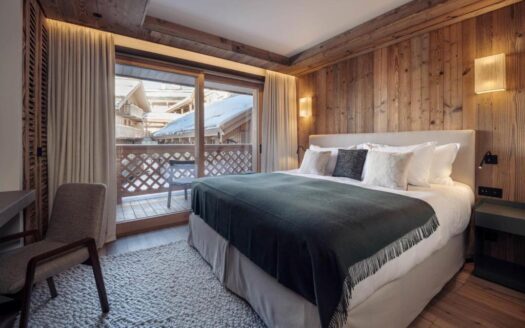The Great Alpine Retreat
How sky-high property prices are pushing the aspirational classes towards fractional ownership in France's most coveted ski resorts
There was a time, not so terribly long ago, when acquiring a modest pied-à-terre in the French Alps was considered a reasonable aspiration for the reasonably successful. A charming one-bedroom apartment in Val Thorens or Courchevel might set one back the equivalent of a decent Range Rover—expensive, certainly, but within the realm of possibility for the ambitious professional classes.
Check our ski properties.
Those days, rather like affordable skiing lessons and reasonably priced vin chaud, have become a quaint memory. Today’s alpine property market has entered what estate agents euphemistically term “a new paradigm,” though “complete madness” might be more accurate.
A Case in Point: Meet Alex
Nationality: English
Requirement: 3-4 months annual occupancy
Preferred locations: Premium high-altitude resorts like the 3 Valleys
Budget expectations: €400,000-€500,000
Alex, a successful British professional, recently approached our firm with what seemed, on paper, an eminently reasonable request. He sought a modest alpine retreat—perhaps 40-50 square metres—for personal use during the winter months and occasional summer breaks. His budget, hovering around half a million euros, once would have secured something rather pleasant in Méribel or even Val d’Isère.
The reality proved rather more sobering.
The New Economics of Alpine Aspiration
New-build properties now command a premium of 20-30% above existing stock, assuming one can find them at all. In premier destinations such as Val Thorens—where new construction is rarer than a sunny day in Manchester—prices have reached €15,000-20,000 per square metre…minimum... For context, this approaches the cost of prime central London residential space, albeit with considerably better views and marginally less traffic noise.
€15-20K per sqm in Val Thorens
20-30% New-build premium
€750K Minimum entry point
3-4 Months typical usage
For Alex’s modest 45 square metres in a top-tier resort, we’re looking at three-quarters of a million euros before considering furnishing, fees, or the inevitable “alpine premium” applied to everything from building insurance to the weekly shop.
The Loi Montagne Complication
Adding insult to considerable financial injury, France’s Loi Montagne legislation requires property owners to rent their apartments during peak periods. For someone like Alex, seeking 3-4 months of personal use annually, this effectively mandates outright ownership rather than any clever shared arrangement (typically in mountain residences called Residence de Tourisme), pushing costs beyond the reach of all but the most spectacularly well-heeled.
The Middle-Class Exodus
Robin’s predicament reflects a broader demographic shift. The traditional alpine property buyer—successful professionals, entrepreneurs, and what the French delightfully term “cadres supérieurs“—find themselves priced out of markets they once considered their natural domain. The result has been a gradual retreat down the mountainside, both literally and metaphorically.
Mid-altitude resorts such as Saint-Gervais in Mont Blanc country or Morzine in the Portes du Soleil now represent the compromise choice for buyers with Robin’s budget. Pleasant enough destinations, certainly, but requiring a philosophical adjustment for those who had set their hearts on the rarefied air of 2,000+ metres elevation.
Enter the Fractional Solution
Nature, as we know, abhors a vacuum—and so does the property market. The astronomical cost of outright ownership has given birth to increasingly sophisticated fractional ownership schemes, allowing buyers to secure one-eighth shares in premium properties for, unsurprisingly, roughly one-eighth of the full purchase price.
Traditional ownership: €750,000 for 45sqm in Val Thorens
Fractional share (1/8th): €93,750
Johan’s requirement: 2 shares for 3-month usage
Total investment: €187,500
For Alex, acquiring two fractional shares would provide three months of annual access to a property that would otherwise require the full €750,000 investment. The mathematics, as they say, rather speak for themselves.
More appealingly still, fractional ownership typically provides year-round flexibility rather than the winter-weighted usage patterns that traditional ownership in regulated resorts demands. One might find oneself skiing in February and hiking in July—a rather civilised arrangement.
The Democratisation of Alpine Luxury
What we’re witnessing, beneath the surface complexity of pricing structures and legal frameworks, is nothing less than the democratisation of Alpine luxury. Properties that once required extraordinary wealth now become accessible to the merely prosperous through ingenious financial engineering.
The irony is delicious: the very price escalation that has excluded the traditional middle classes from outright ownership has simultaneously created the market conditions that make fractional schemes not merely viable, but attractive. Even those who could afford full ownership increasingly question the wisdom of having €750,000 tied up in an asset used 2-4 weeks annually (average use of ski properties).
The New Alpine Reality
For buyers like Alex, fractional ownership represents not a compromise, but an evolution. Rather than stretching financially for a modest apartment in a secondary location, they can access premier properties in the most desirable resorts while maintaining capital flexibility for other investments—or indeed, other pleasures.
The alpine dream hasn’t died; it has simply adapted to economic reality with characteristic ingenuity. After all, if one is to be priced out of traditional ownership, one might as well be priced into something rather more interesting.
The Capital Reality Check
Of course, one must be realistic about the mathematics of fractional ownership. On a 1/8th share of a €1.5M million property, you won’t capture €375,000 in capital gains when the market appreciates 25%—but you will realise that same 25% appreciation on your €187,500 fractional investment. The proportional returns remain identical, while your capital exposure stays manageable.
More compelling still, consider the broader financial picture: running costs, property taxes, and France’s wealth tax (ISF) on assets exceeding €1.3 million. When factoring these ongoing expenses against modest usage patterns, many fractional owners reach a liberating conclusion: why sell at all? Instead of navigating exit strategies and capital gains calculations, perhaps the wisest course is simply transferring your share to the next generation—allowing your children to begin building their own family memories in the Alps while you’ve already optimised both the financial structure and the emotional legacy.
Ready to own that dream property?
Get in touch with our team to secure your share today.
